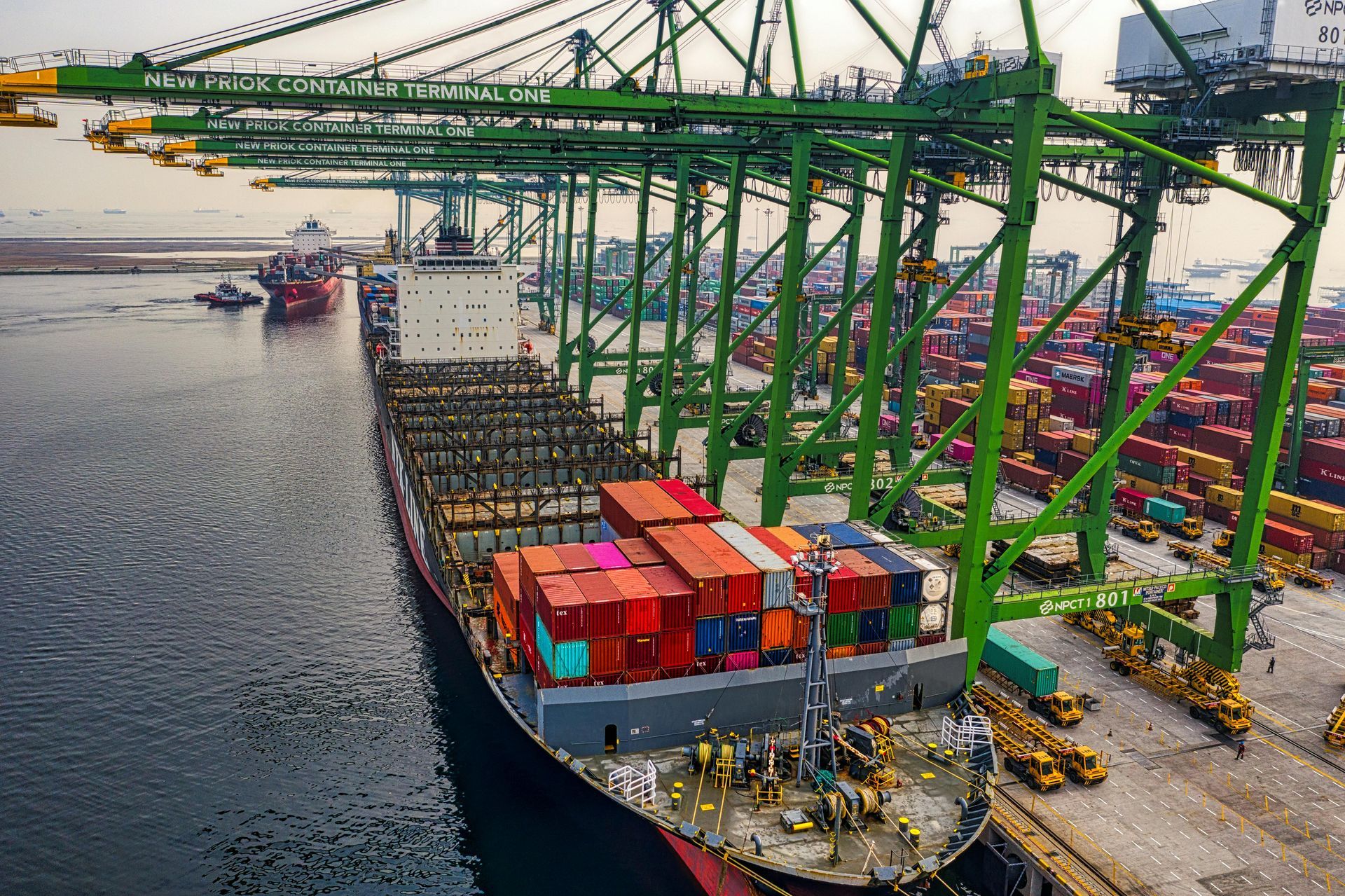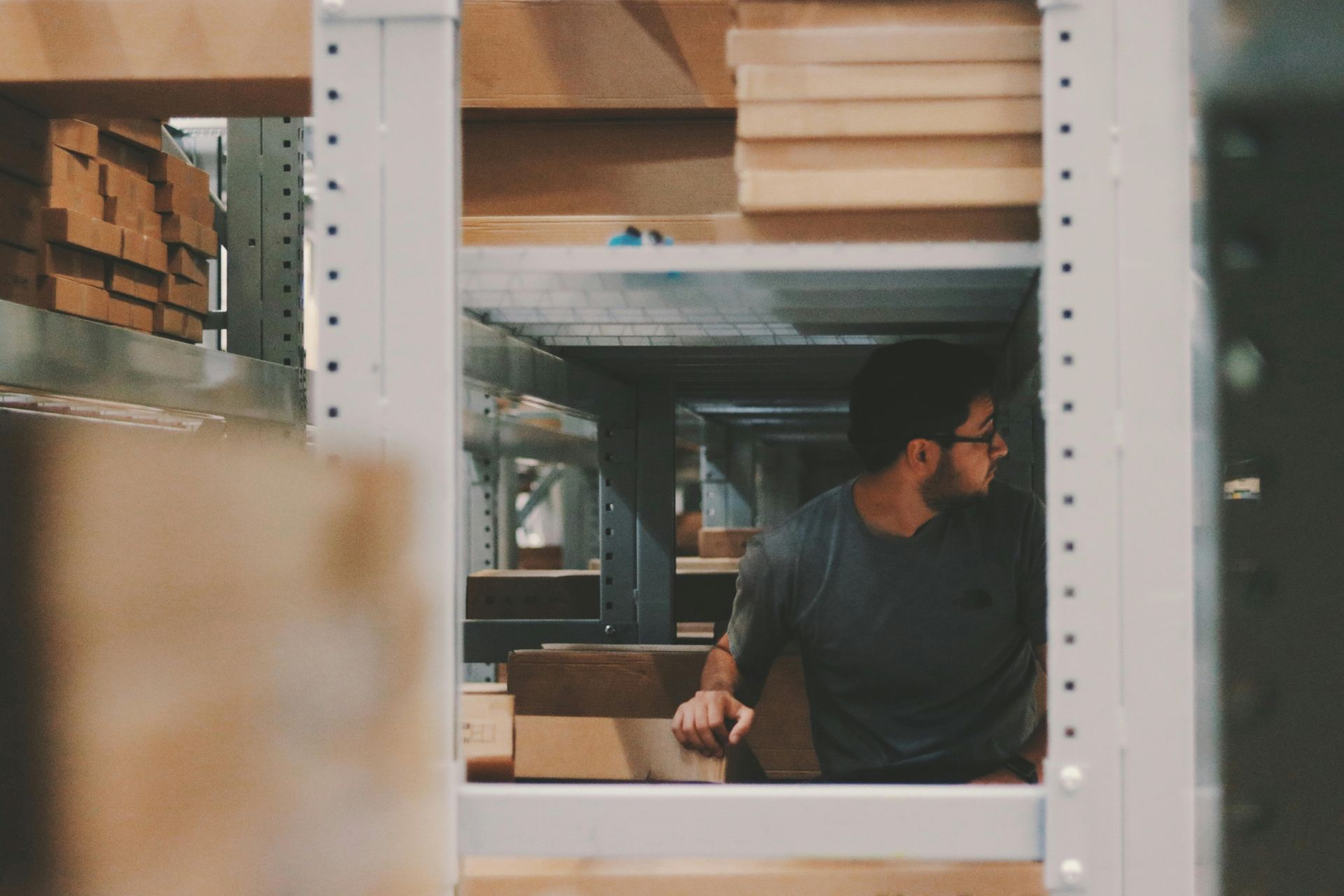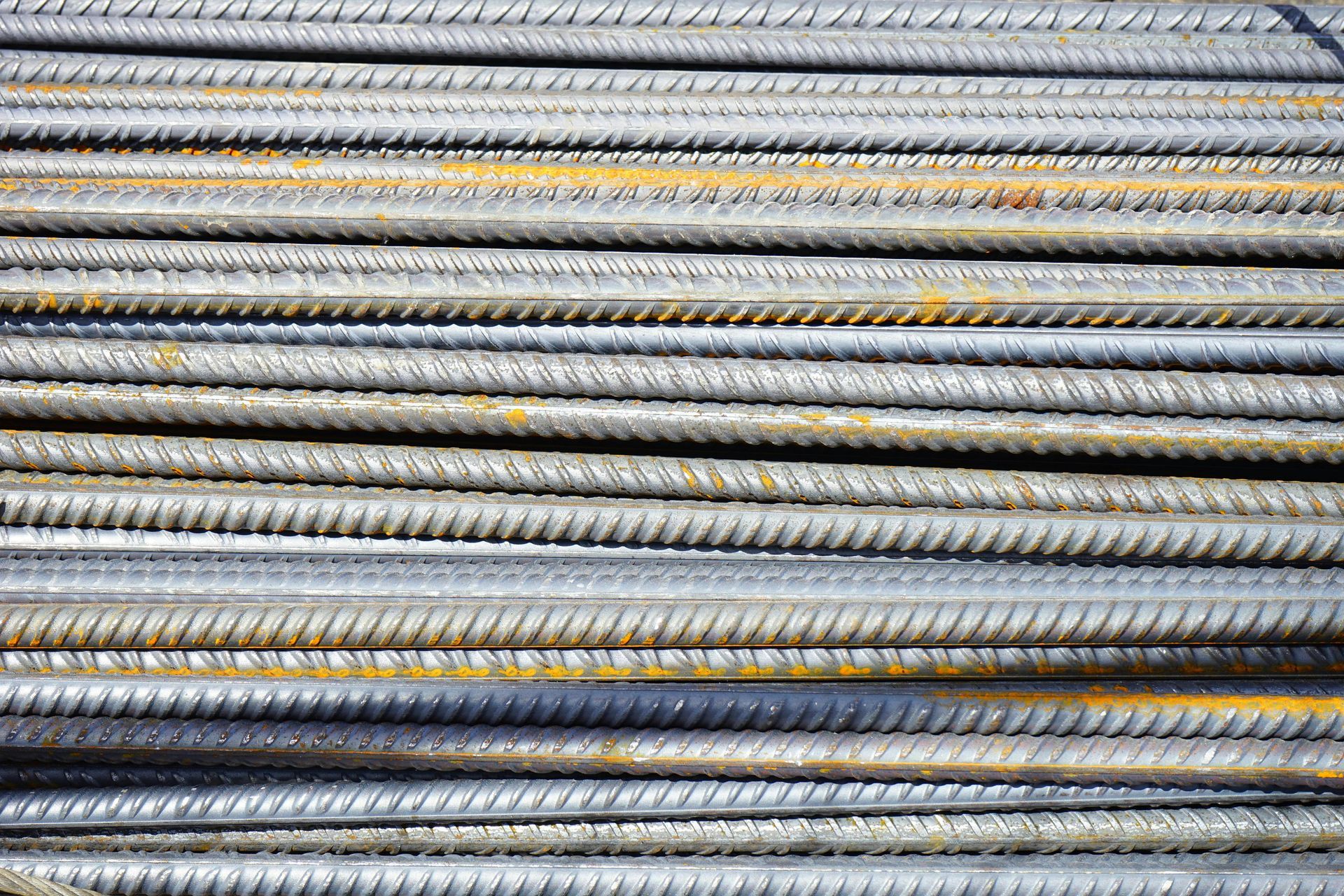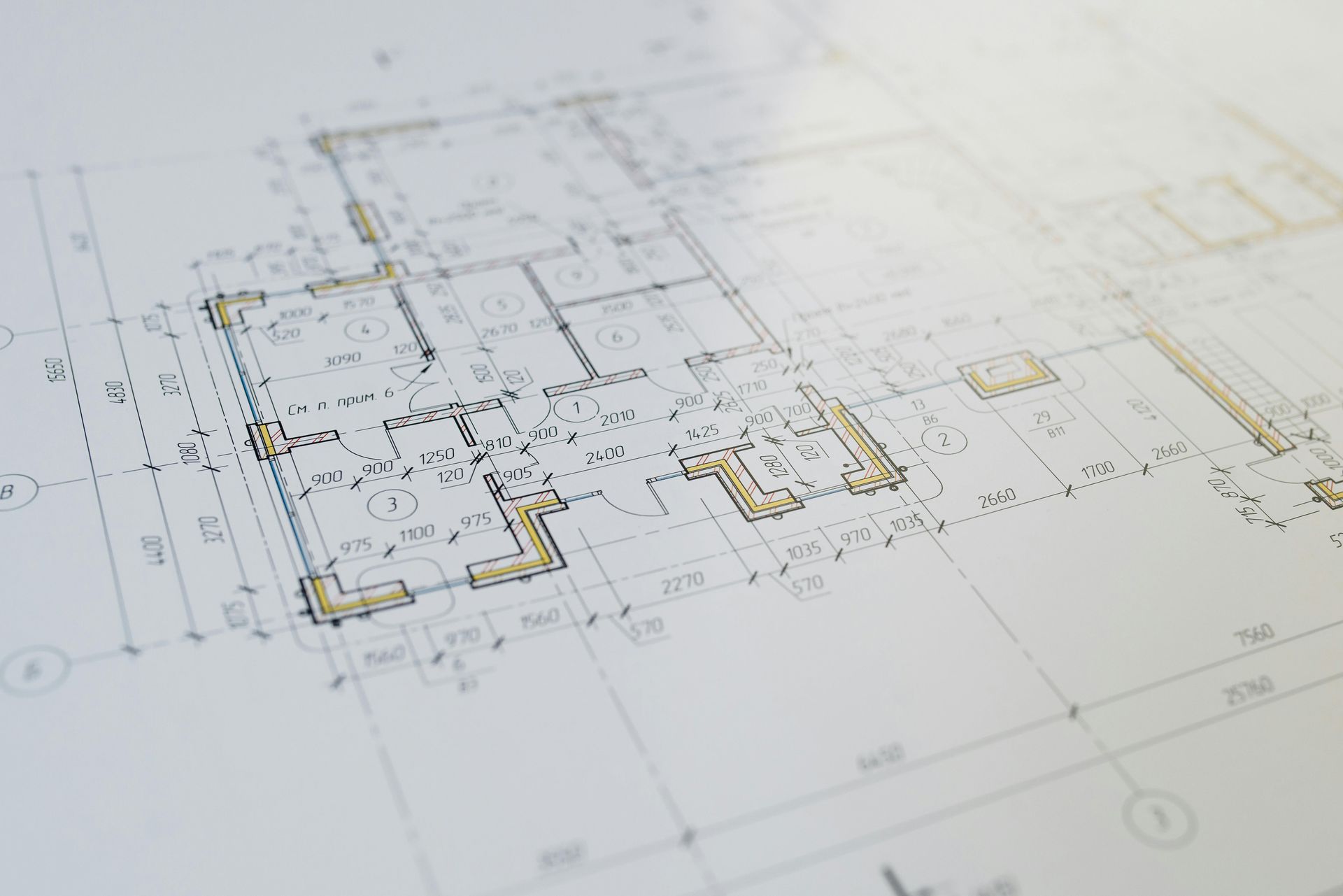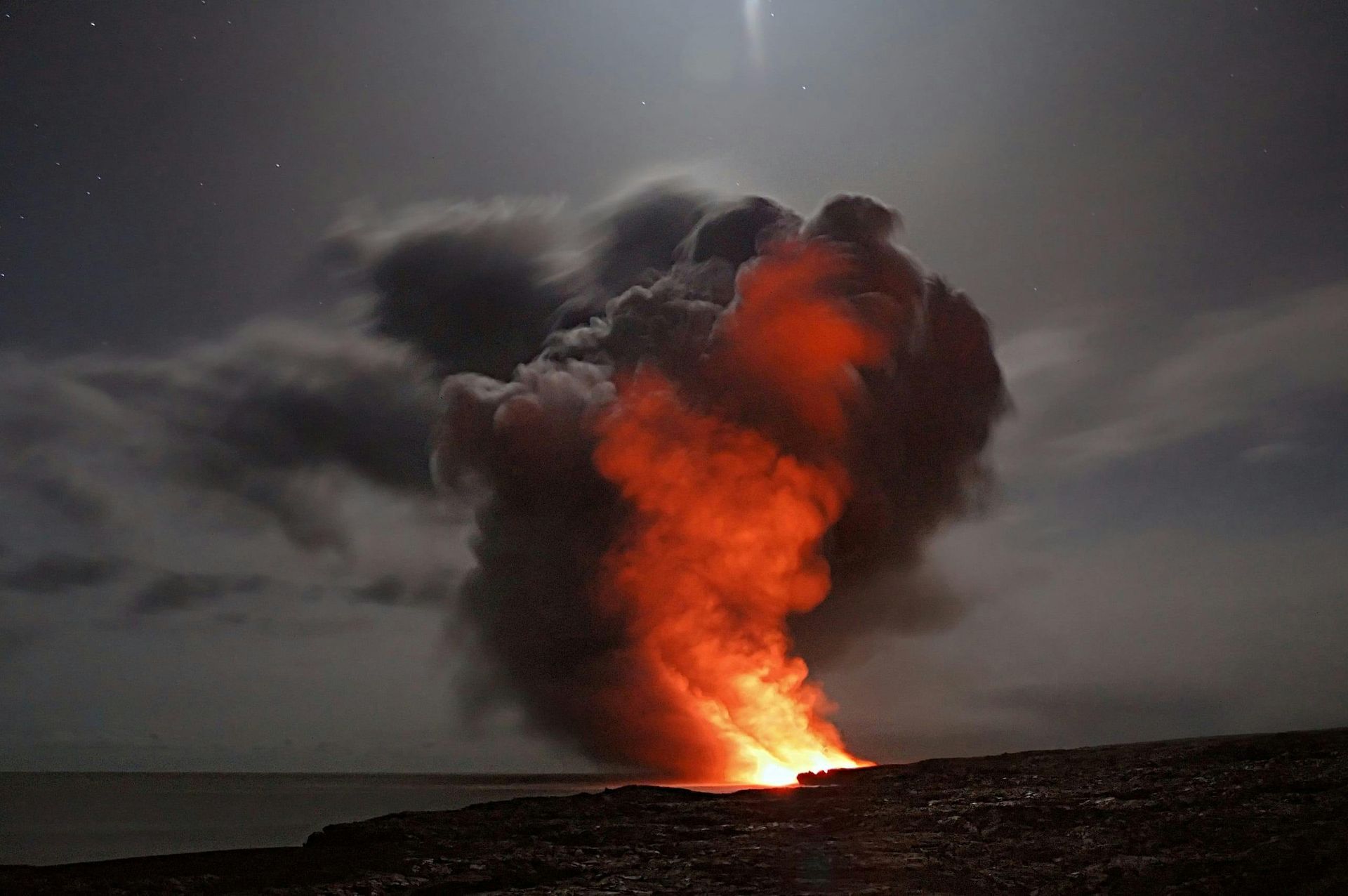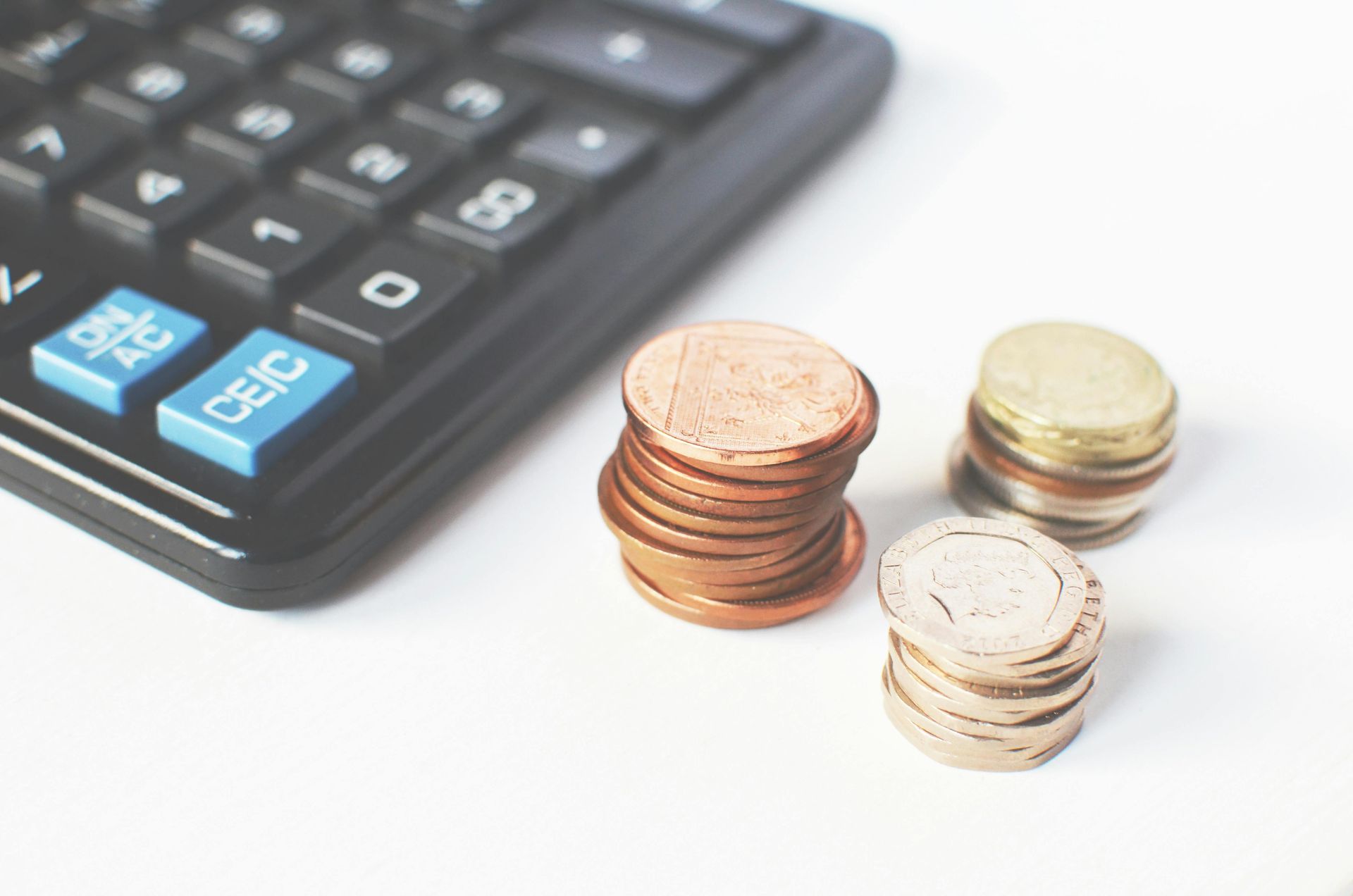Energy Efficiency in MDUs: Designing Sustainable Urban Living
As urban populations continue to grow, the need for energy-efficient housing becomes increasingly important. Multiple Dwelling Units (MDUs) offer a unique opportunity to create sustainable living environments that reduce energy consumption, lower utility costs, and minimize environmental impact. By incorporating energy-efficient design features and technologies, developers can create MDUs that not only meet the demands of modern urban living but also contribute to a greener future.
In this blog post, we will explore key strategies and technologies for enhancing energy efficiency in MDUs. These features can help developers create environmentally responsible buildings that appeal to eco-conscious residents while providing long-term cost savings.
High-Performance Building Envelope
The building envelope—the outer shell of the building—plays a crucial role in determining the energy efficiency of an MDU. A high-performance building envelope helps reduce heat transfer, maintaining comfortable indoor temperatures and reducing the need for heating and cooling.
- Insulation: Proper insulation is one of the most effective ways to improve the energy efficiency of an MDU. Installing high-quality insulation in walls, roofs, and floors helps prevent heat loss in winter and heat gain in summer. Materials such as mineral wool, fiberglass, and spray foam are commonly used for their excellent thermal performance.
- Energy-Efficient Windows: Windows are a major source of heat loss and gain in buildings. Installing energy-efficient windows, such as double or triple-glazed units with low-emissivity (low-E) coatings, can significantly reduce energy consumption. These windows help maintain a comfortable indoor temperature while reducing the need for heating and cooling.
- Air Sealing: Air leaks can significantly impact the energy efficiency of a building. Sealing gaps around windows, doors, and other openings can help prevent drafts and reduce energy loss. Weatherstripping and caulking are effective solutions for minimizing air leakage and improving overall energy performance.
Efficient HVAC Systems
Heating, ventilation, and air conditioning (HVAC) systems are among the largest energy consumers in MDUs. Implementing efficient HVAC systems can greatly reduce energy consumption and improve indoor comfort for residents.
- High-Efficiency HVAC Units: Installing high-efficiency HVAC units can help reduce energy usage and lower utility costs. Systems with a high Seasonal Energy Efficiency Ratio (SEER) or Energy Efficiency Ratio (EER) are designed to use less energy while providing effective heating and cooling. Variable-speed HVAC systems can further enhance efficiency by adjusting output based on demand.
- Smart Thermostats: Smart thermostats allow residents to control their indoor climate more efficiently by setting schedules or adjusting temperatures remotely. These thermostats can learn residents' preferences and automatically optimize heating and cooling, reducing energy waste and improving comfort.
- Energy Recovery Ventilation (ERV) Systems: ERV systems help maintain indoor air quality while minimizing energy loss. These systems recover heat from exhaust air and use it to pre-condition incoming fresh air, reducing the energy needed for heating or cooling. ERV systems are particularly beneficial in MDUs, where maintaining good indoor air quality is essential.
Renewable Energy Integration
Incorporating renewable energy sources into MDUs can further enhance their sustainability and reduce reliance on fossil fuels. Renewable energy not only reduces greenhouse gas emissions but also provides long-term energy cost savings.
- Solar Panels: Installing solar panels on rooftops or other suitable areas can help generate clean, renewable energy for common areas or individual units. Solar energy can be used to power lighting, heating, and cooling systems, reducing the building's reliance on grid electricity and lowering energy costs.
- Solar Water Heating: Solar water heating systems use the sun's energy to heat water for residential use. These systems can be an efficient way to provide hot water for MDUs, reducing the energy needed for traditional water heating methods.
- Energy Storage Systems: Integrating energy storage systems, such as batteries, with renewable energy sources can help store excess energy generated during the day for use at night or during peak demand periods. This can improve energy resilience and reduce reliance on the grid, especially during power outages.
Energy-Efficient Lighting
Lighting is a significant source of energy consumption in MDUs. By implementing energy-efficient lighting solutions, developers can reduce energy usage and create a more sustainable living environment.
- LED Lighting: LED lights are highly energy-efficient, using up to 80% less energy than traditional incandescent bulbs and lasting significantly longer. Installing LED lighting in both common areas and individual units can help MDUs achieve substantial energy savings.
- Motion Sensors and Timers: Installing motion sensors and timers in common areas, such as hallways, stairwells, and parking garages, can help reduce energy waste by ensuring that lights are only on when needed. These devices can automatically turn lights off when no one is present, contributing to overall energy efficiency.
- Daylighting: Maximizing natural light through well-placed windows, skylights, or light shelves can help reduce the need for artificial lighting during the day. Daylighting not only reduces energy consumption but also creates a more pleasant and inviting indoor environment for residents.
Water Heating and Conservation
Water heating is another major source of energy consumption in MDUs. Implementing energy-efficient water heating solutions and water conservation measures can help reduce both energy and water usage.
- Tankless Water Heaters: Tankless water heaters, also known as on-demand water heaters, provide hot water only when needed, eliminating the energy losses associated with storing hot water in a tank. These systems are more energy-efficient than traditional storage water heaters and can help reduce energy consumption in MDUs.
- Low-Flow Fixtures: Installing low-flow faucets, showerheads, and toilets can help reduce water consumption without compromising performance. These fixtures are designed to use less water while maintaining adequate pressure, making them an effective way to conserve both water and energy.
- Hot Water Recirculation Systems: Hot water recirculation systems can reduce water waste by providing hot water more quickly at the tap. These systems recirculate unused hot water back to the heater, reducing the amount of cold water that residents have to run before receiving hot water.
Energy Management Systems for Monitoring and Optimization
Energy management systems can provide valuable insights into energy usage, helping property managers and residents identify opportunities for energy savings and optimize building performance.
- Building Energy Management Systems (BEMS): BEMS can monitor and control various building systems, such as HVAC, lighting, and water heating, to optimize energy usage. By collecting data on energy consumption, BEMS can help property managers identify inefficiencies and implement energy-saving measures.
- Smart Meters: Smart meters allow residents to monitor their individual energy usage in real-time, helping them become more aware of their consumption patterns. By providing detailed information on energy usage, smart meters can encourage residents to adopt more energy-efficient habits and reduce waste.
- Demand Response Programs: Participating in demand response programs can help MDUs reduce energy consumption during peak demand periods. These programs incentivize property managers and residents to reduce their energy usage at times of high demand, helping to balance the grid and reduce the overall environmental impact.
Green Building Certifications and Standards
Pursuing green building certifications and adhering to energy efficiency standards can help developers create MDUs that meet high sustainability benchmarks and appeal to eco-conscious residents.
- LEED Certification: The Leadership in Energy and Environmental Design (LEED) certification is a globally recognized standard for green building. Achieving LEED certification demonstrates a commitment to sustainability and energy efficiency, making the building more attractive to potential residents.
- ENERGY STAR: ENERGY STAR certification indicates that a building meets strict energy efficiency guidelines set by the U.S. Environmental Protection Agency. Buildings with ENERGY STAR certification use less energy, produce fewer greenhouse gas emissions, and provide residents with lower utility costs.
- Passive House Standards: Passive House is a rigorous energy efficiency standard that focuses on creating buildings with minimal energy requirements for heating and cooling. By adhering to Passive House standards, developers can create MDUs that provide superior indoor comfort while significantly reducing energy consumption.
Building a Sustainable Future with Energy-Efficient MDUs
Energy efficiency is a key consideration in the design and construction of modern MDUs. By incorporating high-performance building envelopes, efficient HVAC systems, renewable energy sources, and smart energy management technologies, developers can create sustainable urban living environments that benefit both residents and the planet.
Energy-efficient MDUs not only reduce environmental impact but also provide long-term cost savings for residents, making them more attractive in a competitive housing market. As the demand for sustainable living options continues to grow, developers who prioritize energy efficiency will be well-positioned to meet the needs of today's eco-conscious urban populations.
By designing MDUs with energy efficiency in mind, developers can contribute to a greener future—creating comfortable, modern, and sustainable living spaces where residents can thrive while minimizing their environmental footprint.
